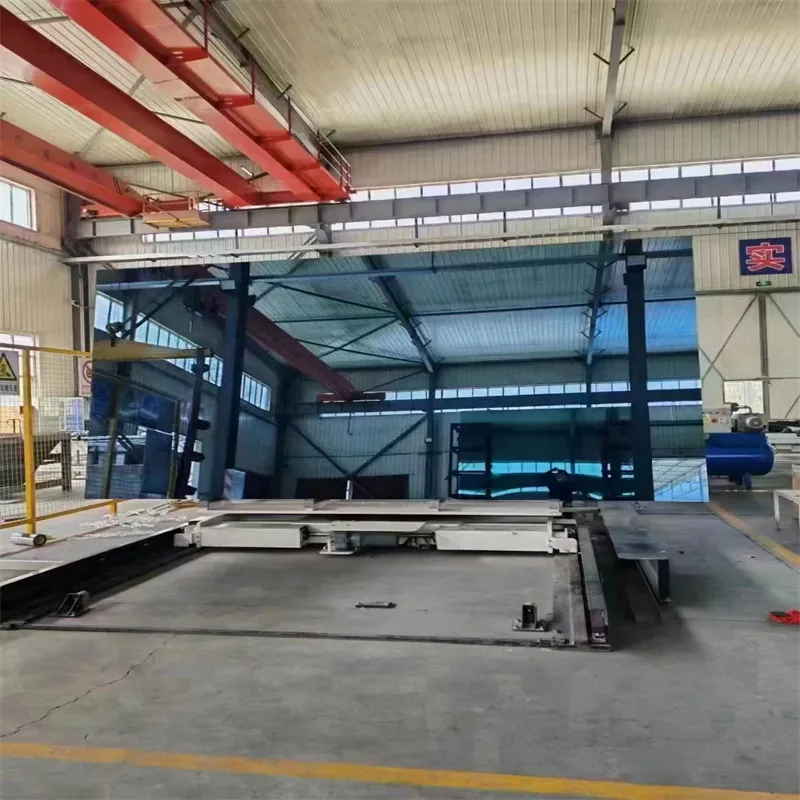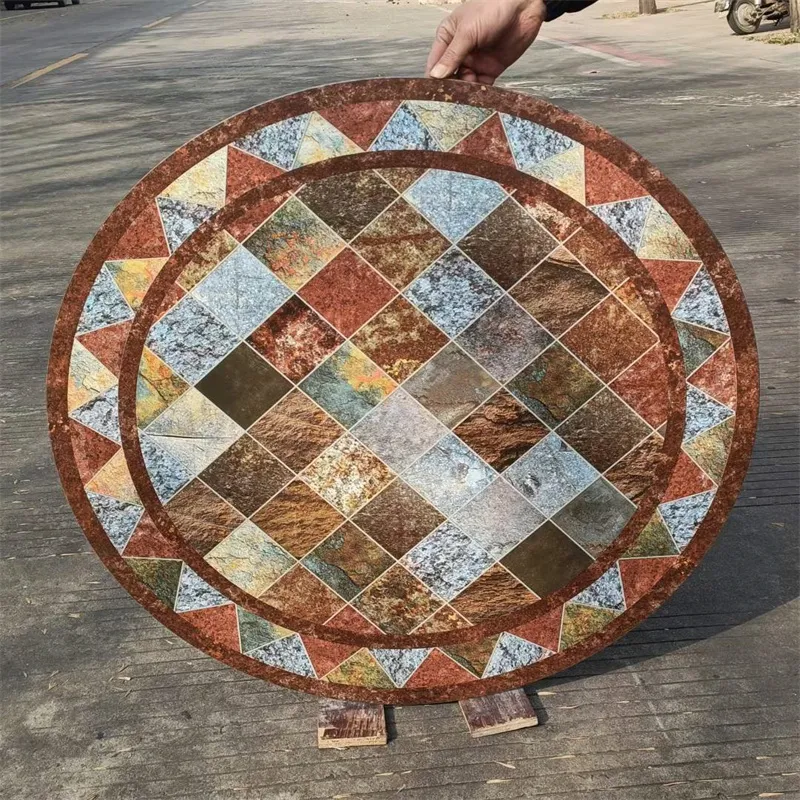Sep . 03, 2024 00:09 Back to list
low iron float glass
Low Iron Float Glass The Future of Modern Architecture
Low iron float glass has emerged as a pivotal material in modern architectural design, providing a combination of aesthetic appeal and practical functionality. Unlike traditional glass, which contains iron impurities that can impart a greenish hue, low iron float glass offers a crystal-clear finish that enhances transparency and allows for optimal light transmission. This unique quality makes it an ideal choice for a variety of applications, ranging from residential windows to expansive commercial facades.
The production of low iron float glass involves a meticulous manufacturing process that minimizes iron content, resulting in a product that boasts remarkable clarity. This level of purity in glass not only enhances the visual appeal of buildings but also contributes to energy efficiency. By maximizing natural light, low iron float glass reduces the need for artificial lighting, thereby lowering energy consumption and promoting sustainable building practices.
One of the most significant advantages of low iron float glass is its versatility in design. Architects and designers are increasingly drawn to its capabilities, using it in structural applications, transparent railings, and glass flooring. Its strength and durability, combined with its aesthetic attributes, allow for the creation of stunning visual effects, making it a favored material in contemporary architecture.
low iron float glass

Moreover, low iron float glass is an excellent choice for solar control and thermal insulation. When coated with specialized films or treated with low-emissivity (low-E) technology, it can drastically improve a building's energy performance. These features are essential in meeting modern sustainability standards and green building certifications.
In the interior design sector, low iron glass is equally beneficial. It can be used in shower enclosures, room dividers, and countertops, providing a seamless look that elevates the overall design. The absence of a green tint ensures that colors and materials in a room appear more vibrant and true to form, creating an inviting atmosphere for occupants.
In conclusion, low iron float glass is revolutionizing modern architecture and design. Its unmatched clarity, energy efficiency, and versatility make it an essential component in the construction of sustainable and visually striking buildings. As energy efficiency and aesthetic quality remain at the forefront of architectural trends, low iron float glass will undoubtedly continue to play a crucial role in the future of design and construction.
-
Safety and Style with Premium Laminated Glass Solutions
NewsJun.24,2025
-
Reinvents Security with Premium Wired Glass
NewsJun.24,2025
-
Premium Float Glass Line for Modern Architecture
NewsJun.24,2025
-
Low Emissivity Glass for Energy-Efficient Architecture
NewsJun.24,2025
-
High-Performance Insulated Glass Solutions for Modern Architecture
NewsJun.24,2025
-
Elevates Interior Style with Premium Silver Mirror
NewsJun.24,2025
Related PRODUCTS














